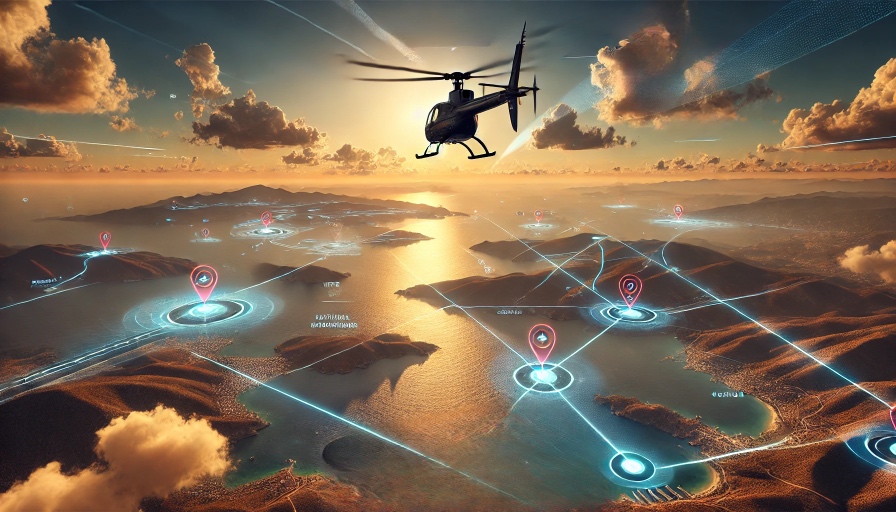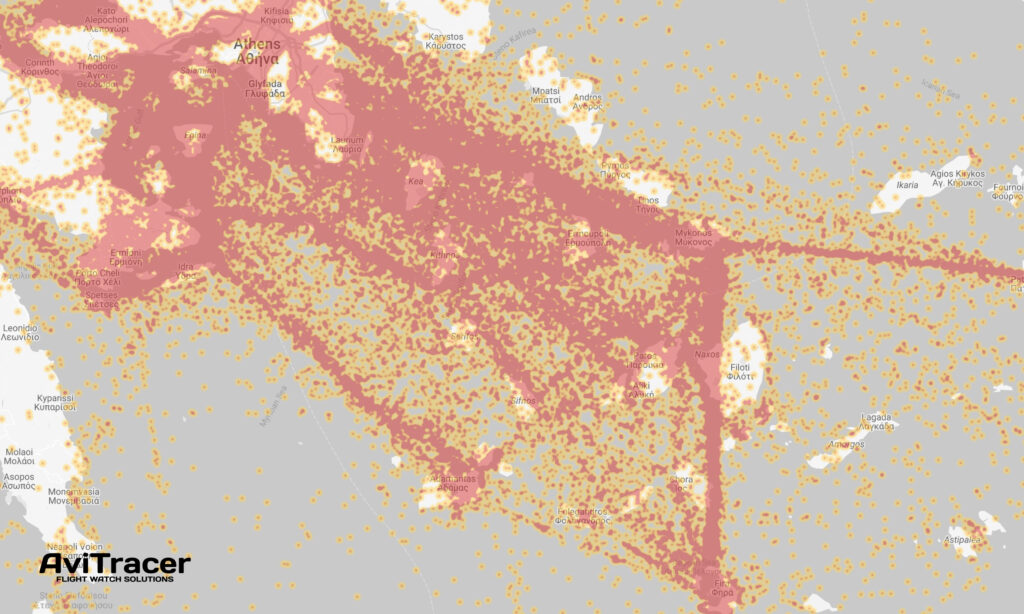
On January 28, 2025, the Safety and Incident Management Department of HCAA, led by Mr. Kasimatis, organized a highly successful in-person meeting (with parallel online participation) on the topic of VFR flights within the Greek TMA airspaces, specifically within Athinai TMA. The meeting was attended by representatives from the HANSP , HCAA, and educational organizations. HCAA Administrator, Mr. Tsitouras, supported this initiative by delivering an opening address.
This event was a follow-up to a previous online meeting held in December between the Safety Management Department and ATOs, where flight training organizations raised safety issues related to VFR flights and their operational environment. The discussions highlighted the need for a dedicated session focused entirely on VFR operations.
This initiative is possibly the first time that such an in-depth discussion on VFR flights has taken place with a focus on aviation safety. By identifying these challenges as safety issues, all involved stakeholders are called upon to engage in dialogue with users and work towards agreed-upon solutions and actions.
Key Discussion Topics
Among the various issues addressed, the most notable were:
- VFR route design philosophy: The concentration of VFR traffic at specific points increases the risk of mid-air collisions.
- Low altitudes on some VFR routes: Limited available glide altitude in case of engine failure and routes exposed to challenging conditions (e.g., turbulence).
- Difficulties in visual navigation: Use of points and tracks that cannot be followed visually (e.g., points over the sea).
- Increased workload for ATC in the Athens TMA: The rising number of VFR flights leads to high radio frequency congestion and challenges in managing traffic.
- Significant delays in the Athinai TMA for VFR flights: These are caused by increased workload, congestion, and ATC capacity limitations.

Why Now?
HCAA receives a very small number of reports from general aviation and training organizations. Through initiatives like this, it aims to encourage more reporting and gain a better understanding of the issues faced by users.
At the same time, HANSP, as the provider of air traffic control services, operates under conditions of chronic understaffing and is seeking new solutions to long-standing challenges in airspace management. This presents a unique opportunity to develop solutions that benefit both authorities and users alike.
Proposed Solutions
During the meeting, several proposals were presented, using examples from international airports with higher volumes of VFR flights. The main focus of the discussion was on airspace classification as a tool to:
- Provide greater freedom of movement for VFR flights, both laterally and vertically.
- Reduce congestion at specific geographical points.
HANSP representatives presented initial thoughts on redesigning the Athenai TMA, including the reclassification of part of the airspace to Class E. This change would provide increased flexibility for VFR flights, allowing the removal of some fixed routes while maintaining known reporting points for communication and search-and-rescue purposes.
These proposals require careful planning and consultation with multiple stakeholders but represent a step in the right direction.
Next Steps
With the initiative of the HCAA, a working group will be formed immediately to address issues related to VFR flights, with the participation of relevant organizations and stakeholders.
How Can Pilots Contribute?
All pilots can and should actively contribute to improving safety by highlighting issues through mandatory or voluntary reports (Submit a Report).
It is important to understand that discussing these problems among ourselves is valuable, but on its own, it does not lead to solutions. By formally documenting and reporting safety issues, we help the authorities gather reliable data and take action to address these challenges effectively.
Iason Rigas
MSc Air Transport Management
EASA CPL(A) FI, PPL(H)
